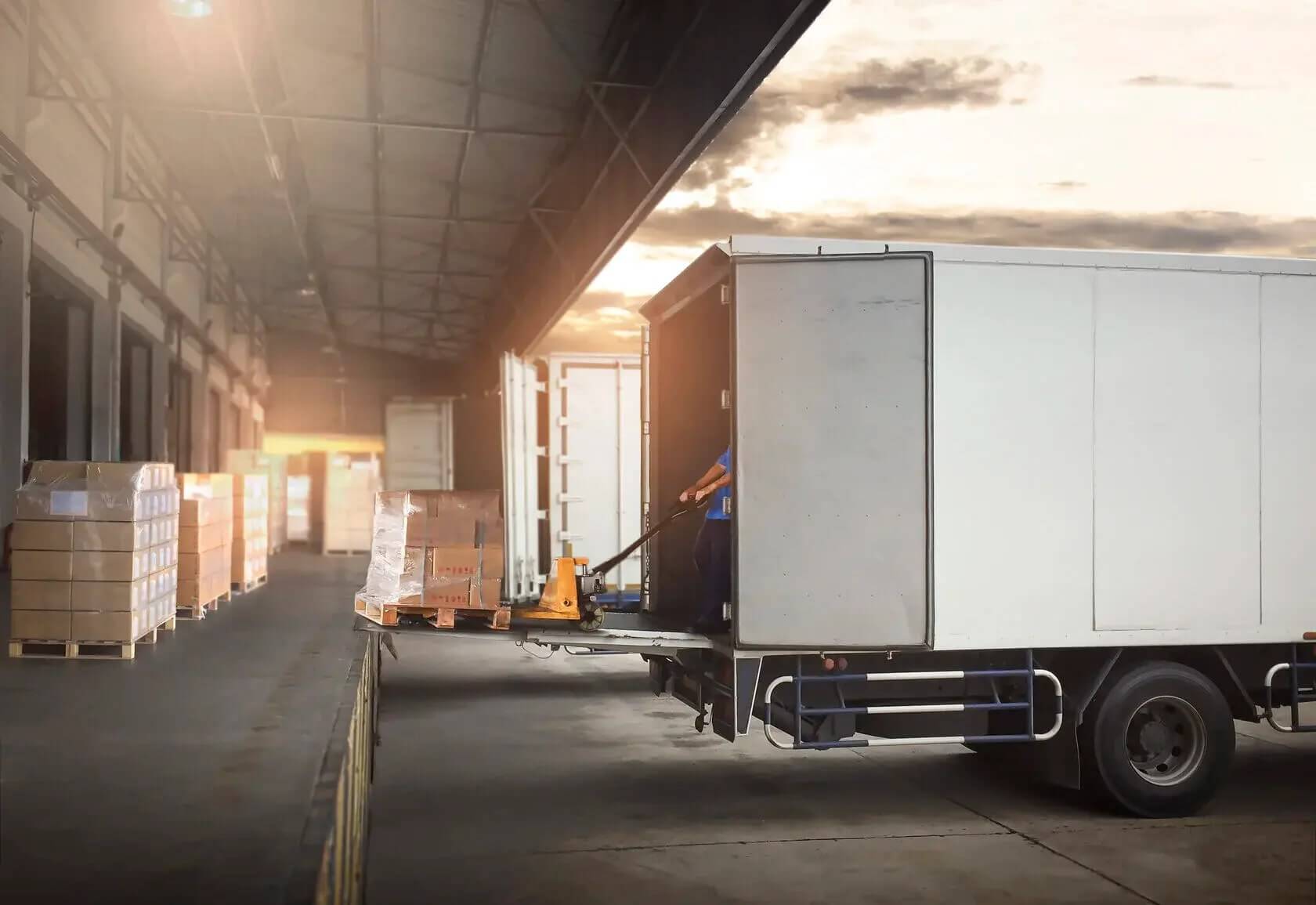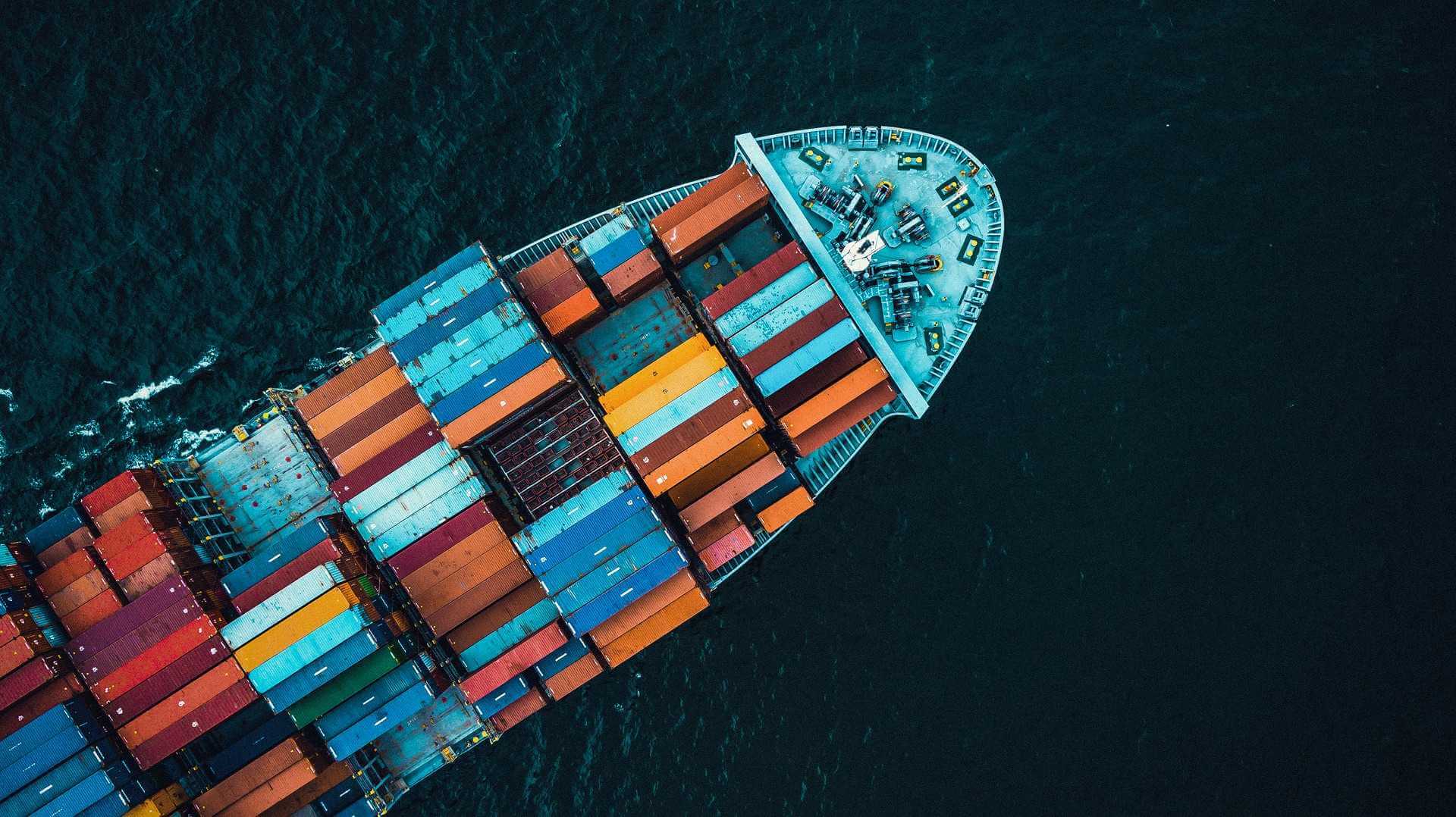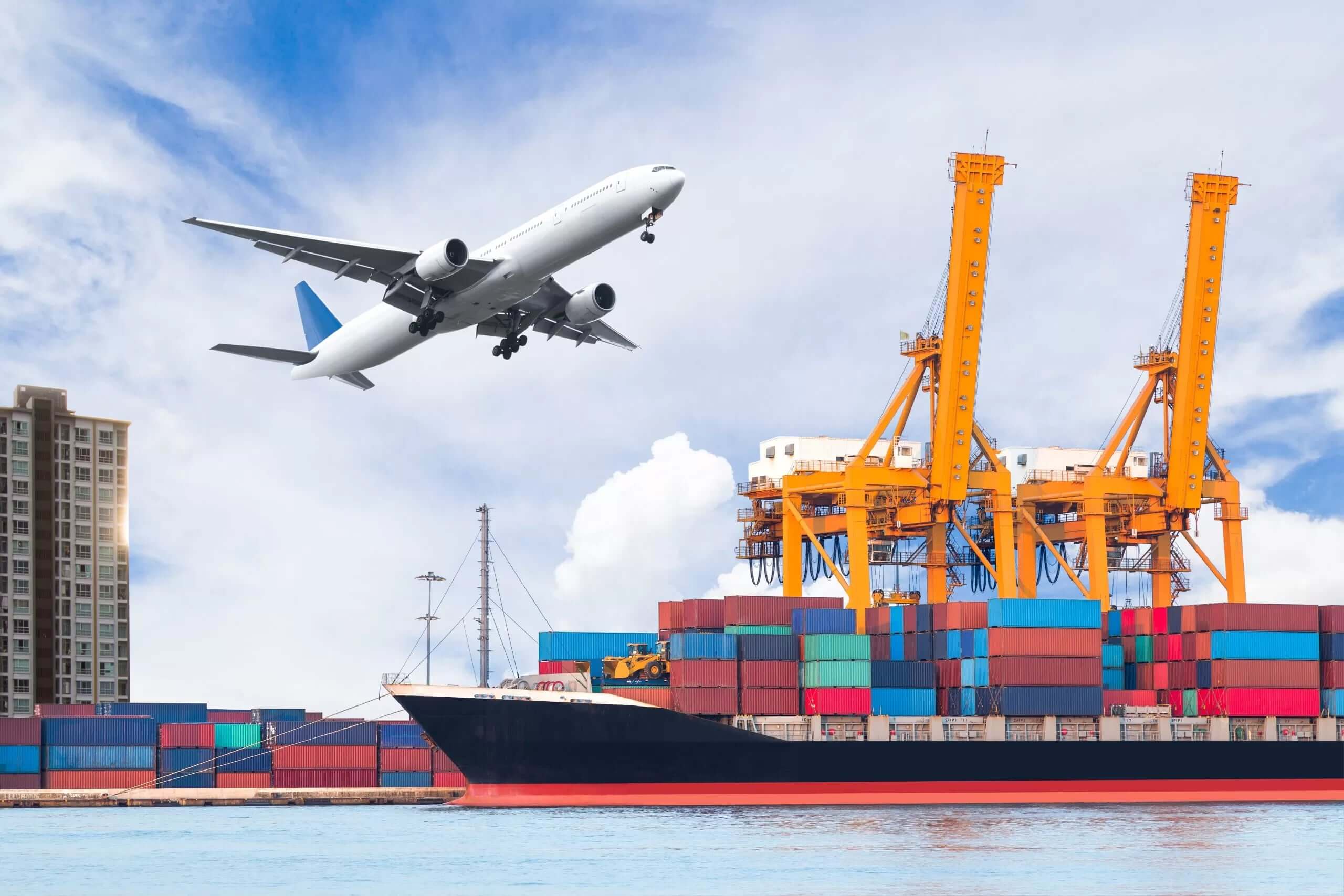
Choosing the right shipping method is crucial to the success of your business, especially when it comes to managing costs, delivery times, and the safety of your goods. In the freight industry, two common shipping options are Less Than Truckload (LTL) and Full Truckload (FTL). Understanding the differences between these two methods can help you make informed decisions that fit your budget and logistical needs. In this article, we’ll break down the differences between LTL and FTL shipping and help you determine which option is best for your business.
What is LTL Shipping?
LTL, or Less Than Truckload shipping, is a freight service designed for shipments that don’t require a full truck. With LTL, multiple businesses share the same truck space, and each company pays for the portion of the truck their shipment occupies. This makes LTL an ideal choice for businesses shipping smaller quantities of goods or items that don’t need the space of an entire trailer.
LTL is typically used for shipments ranging from 150 to 15,000 pounds. Since the truck is shared by multiple companies, the overall cost of shipping is reduced, making LTL an economical choice for smaller loads.
Advantages of LTL Shipping:
- Cost-Effective: You only pay for the space your shipment uses, which can result in significant cost savings, especially for smaller businesses.
- Eco-Friendly: LTL shipping consolidates multiple shipments into one truck, reducing the number of vehicles on the road and lowering carbon emissions.
- Flexibility: LTL shipping allows for more frequent shipments without having to wait for a full truckload, making it ideal for businesses with varying shipping volumes.
Disadvantages of LTL Shipping:
- Longer Transit Times: Since the truck stops at multiple locations to pick up and drop off shipments, LTL can take longer than FTL to reach its destination.
- Increased Risk of Damage: With more stops and handling points, there’s a higher chance of your goods being damaged in transit.
What is FTL Shipping?
FTL, or Full Truckload shipping, is the transportation of a full truckload of goods for a single customer. When you choose FTL, you’re reserving the entire truck for your shipment alone, meaning your goods travel directly from the origin to the destination without being combined with other loads. This method is typically used for shipments weighing over 15,000 pounds or when you need to fill an entire truck.
FTL shipping is often preferred by businesses with large shipments, high-value goods, or time-sensitive deliveries, as it offers more control over the transportation process.
Advantages of FTL Shipping:
- Faster Transit: Since the truck goes directly from the pickup location to the destination, FTL shipping is faster than LTL, with fewer stops along the way.
- Less Risk of Damage: With FTL, your goods are handled less frequently, reducing the likelihood of damage during transit.
- Exclusive Use of the Truck: You have complete control over the truck’s capacity, making it ideal for large or high-value shipments that need extra care.
Disadvantages of FTL Shipping:
- Higher Cost: Since you’re paying for the entire truck, FTL shipping can be more expensive, especially if your shipment doesn’t completely fill the truck.
- Less Flexibility for Small Loads: FTL shipping may not be cost-effective for smaller shipments that don’t require the full capacity of a truck.
Key Differences Between LTL and FTL Shipping
- Load Size: LTL is best suited for small to medium-sized shipments that don’t fill a truck, while FTL is ideal for large or bulk shipments that require a full trailer.
- Cost: LTL is generally more affordable for smaller shipments since you only pay for the space you use. FTL can be more expensive but may be cost-effective for large shipments.
- Transit Time: LTL shipping typically takes longer due to multiple stops and shared truck space. FTL offers faster delivery times as the truck travels directly to the destination.
- Risk of Damage: LTL shipments are handled more frequently during transit, increasing the chance of damage, while FTL shipments remain in the same truck throughout the journey, minimizing handling and reducing the risk of damage.
Which Option is Right for Your Business?
The decision between LTL and FTL shipping depends on your business’s specific needs, shipment size, and budget. Here’s how to determine which option is best for you:
Choose LTL Shipping If:
- Your shipment is small or medium-sized and doesn’t require a full truck.
- You want to save on shipping costs by sharing truck space with other businesses.
- You can accommodate longer transit times and don’t need immediate delivery.
- You’re looking for a more environmentally friendly shipping option.
Choose FTL Shipping If:
- You have a large shipment or need the full capacity of a truck.
- Your shipment is time-sensitive and requires fast delivery.
- Your goods are high-value, fragile, or need extra care during transport.
- You want complete control over the transportation process without sharing space with other shipments.
Both LTL and FTL shipping offer distinct advantages and disadvantages, and the right choice depends on your business’s unique needs. LTL shipping is a cost-effective and flexible option for smaller shipments, while FTL provides faster transit times and greater protection for large or valuable goods. By carefully assessing your shipping requirements, budget, and delivery timeline, you can choose the option that best suits your business and ensures your goods arrive safely and on time.



